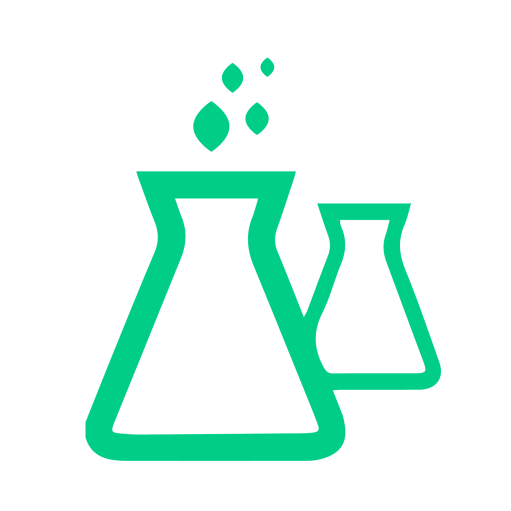
Obesity is defined as a kind of chronic disease of extra fat accumulation and/or abnormal distribution in the body which is caused by a mechanism disorder of body fat and energy metabolism. The number of patients with overnutrition, lack of exercise, and obesity is increasing year by year following by development of modern society and the improvement of living standards. The etiology of obesity is relatively complicated, and at present, obesity is certainly related to endocrine, heredity, and obese genes and the combined action of genetic factors and environmental factors. Obesity has been one of the most popular epidemic diseases in the world now.
According to reports from WHO, there are about 250 million adults all over the world who are suffering from obesity, moreover, at least 500 million people are overweight. Obesity covers each population and age stage and has a quite high morbidity; meanwhile, it deviates from aesthetic notions of people in today’s society. Therefore, lots of scholars are devoting themselves to this research field. Currently, there are many treatments for obesity including dietetic therapy, exercise therapy, behavior modification therapy, acupuncture, and massage and operations. Among them, using constituents that have biological functions from extracts like roots, stems, peels, leaves, flowers, and fruits of medicinal plants and applying them to bodies to lose weight through inhibiting appetite and increasing energy metabolism is extremely popularized by people nowadays.
According to Western medicine research, weight-losing drugs are mainly divided into four mechanisms: drugs that inhibit appetite, drugs that increase energy metabolism, drugs that inhibit intestinal digestion and absorption, and others that treat obesity. Because aesthetic differences vary by time, ancient Chinese medicine books didn’t refer to weight loss. However, opinions like ‘No meat makes people thin’ and ‘Eliminating fat’ were recorded in literature, which indicated the fat-burning actions of these drugs from another perspective. Drugs like seaweed, laminaria, lotus leaf, Rhizoma alismatis, Rheum officinale, Phaseolus calcaratus, coix, mung bean, konjac, Chinese yam, and tea leaf have actions in this aspect.
Human botanists strive to excavate mechanisms of herbal preparations for obesity. They think the preparations probably reduce weight by increasing energy consumption and urge calories to directly transfer to muscles but not fatty tissue through separating nutritional ingredients. In general, mechanisms of herbal medicines for obesity mainly refer to the following aspects:
1. Reducing absorption of exogenous lipids and synthesis of endogenous lipids. For instance, Polygonum multiflorum contains anthrones like chrysophanol, emodin, and chrysophanic acid, and Cassia occidentalis contains emodin monoglucoside, emodin anthraquinone, physcion, and obtusin besides constituents above, which can increase bowel movements and then urge excretion of TG and cholesterol and reduce the absorption of fat for actions of reducing weight and lowering lipid.
2. External use drugs that have anti-obesity action: external application of medicinal plant extracts directly acts on the part that needs anti-obesity action, and it has a relatively better effect on partial weight loss. Besides products mainly constituted by Rheum officinale extracts, almond and cornel extracts as well as geranium and swertia plant extracts have been currently found to have effects of external weight loss.
3. Increasing satiety or energy consumption through stimulating the central nervous system: for instance, ephedrine extracted from ephedra has an action of activating β-1 receptor stimulants and increases body metabolism, promotes protein assimilation, activates iodothyronine deiodinase in thyroid tissue, promotes T4 shifting to T3, increases sensibility of adrenal receptors and metabolism. The main constituent of tea leaf, tea polyphenol, can reduce levels of cholesterol and TG in the plasma. Meanwhile, caffeine in tea leaves acts as a diuretic and stimulates the central nervous system.
